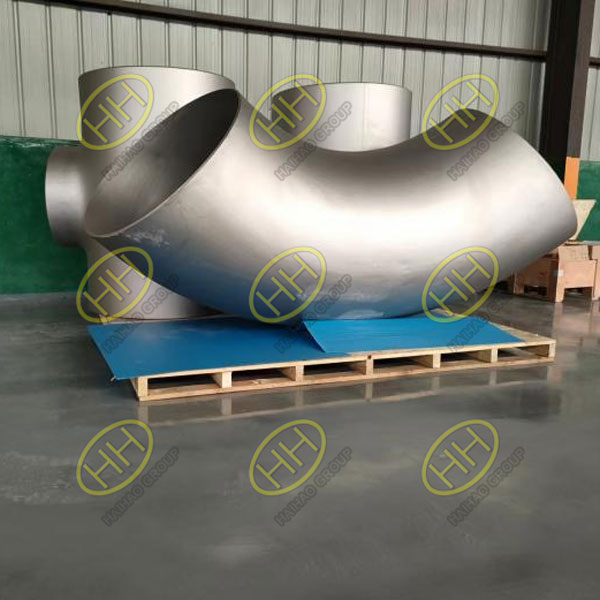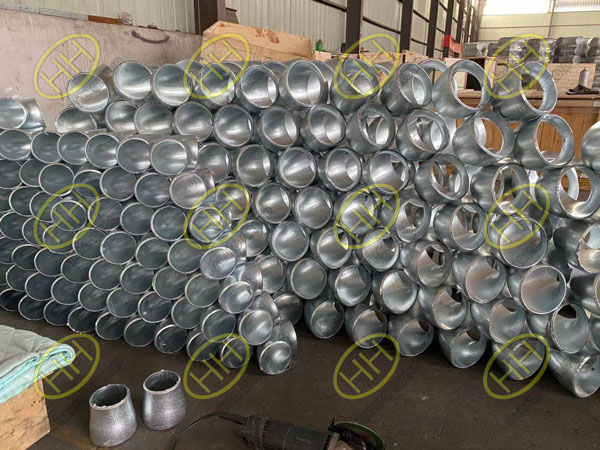Understanding the difference between HIC and SSC in material testing
In the field of material science and engineering, the integrity and durability of materials used in harsh environments are critical. Particularly in industries such as oil and gas, where equipment is constantly exposed to corrosive conditions, understanding the potential damage mechanisms is vital. Two such mechanisms are hydrogen induced cracking (HIC) and sulfide stress cracking (SSC). This article aims to clarify the differences between HIC and SSC, highlighting their causes, effects, and testing methods.
What is hydrogen induced cracking (HIC)?
Hydrogen induced cracking (HIC) occurs when hydrogen atoms infiltrate a material, usually steel, and accumulate at trap sites within the metal’s microstructure. This accumulation leads to the formation of internal cracks without the application of external stress. HIC is particularly problematic in environments containing wet hydrogen sulfide (H₂S), commonly found in sour oil and gas fields.
Causes of HIC:
Hydrogen Sulfide (H₂S) Exposure: H₂S gas reacts with the metal, causing hydrogen atoms to diffuse into the steel.
Steel Microstructure: The presence of inclusions and laminations in the steel microstructure provides trap sites for hydrogen atoms.
Chemical Composition: Higher levels of sulfur and other impurities in steel increase susceptibility to HIC.
Effects of HIC:
Internal Cracking: Hydrogen accumulation leads to the formation of small cracks inside the material, which can grow and coalesce over time.
Loss of Integrity: The presence of internal cracks compromises the structural integrity of the material, potentially leading to failure.
Testing for HIC:
Laboratory Tests: Samples are exposed to a hydrogen sulfide environment, and the material is later inspected for internal cracks using ultrasonic testing or metallographic examination.
What is sulfide stress cracking (SSC)?
Sulfide stress cracking (SSC), also known as stress corrosion cracking (SCC) in the presence of sulfides, occurs when tensile stress (either applied or residual) and a corrosive environment containing H₂S act together to initiate and propagate cracks. Unlike HIC, SSC requires the presence of external or residual tensile stress.
Causes of SSC:
Hydrogen sulfide (H₂S) exposure: Similar to HIC, exposure to H₂S gas is a primary cause.
Tensile Stress: External stresses from operational loads or residual stresses from manufacturing processes contribute to SSC.
Material Susceptibility: Certain materials, particularly high-strength steels, are more prone to SSC.
Effects of SSC:
Crack Initiation and Propagation: Cracks initiate at stress concentration points and propagate through the material.
Catastrophic Failure: SSC can lead to sudden and catastrophic failure of the material under load.
Testing for SSC:
Four-Point Bend Test: This involves applying a constant tensile load to a sample in an H₂S environment and observing for crack initiation and propagation.
Slow Strain Rate Test (SSRT): A sample is subjected to a slow, constant strain rate in an H₂S environment, monitoring for crack development.
Key Differences Between HIC and SSC
Stress Requirement:
HIC: No external stress is required; cracks form internally due to hydrogen accumulation.
SSC: Requires the presence of tensile stress (applied or residual) in addition to a corrosive environment.
Crack Formation:
HIC: Cracks form internally within the material.
SSC: Cracks initiate at the surface and propagate inward.
Susceptibility:
HIC: Primarily affects materials with inclusions and high levels of impurities.
SSC: Affects high-strength materials exposed to tensile stress and corrosive environments.
Testing Methods:
HIC: Focuses on detecting internal cracks after exposure to a hydrogen environment.
SSC: Involves applying stress and monitoring for crack initiation and growth in a corrosive environment.
Understanding the differences between HIC and SSC is crucial for selecting appropriate materials and designing components for use in corrosive environments. While both mechanisms involve hydrogen and H₂S exposure, they differ significantly in their requirements for stress and crack formation processes. Proper testing and material selection can help mitigate the risks associated with HIC and SSC, ensuring the safety and longevity of equipment in challenging conditions.


